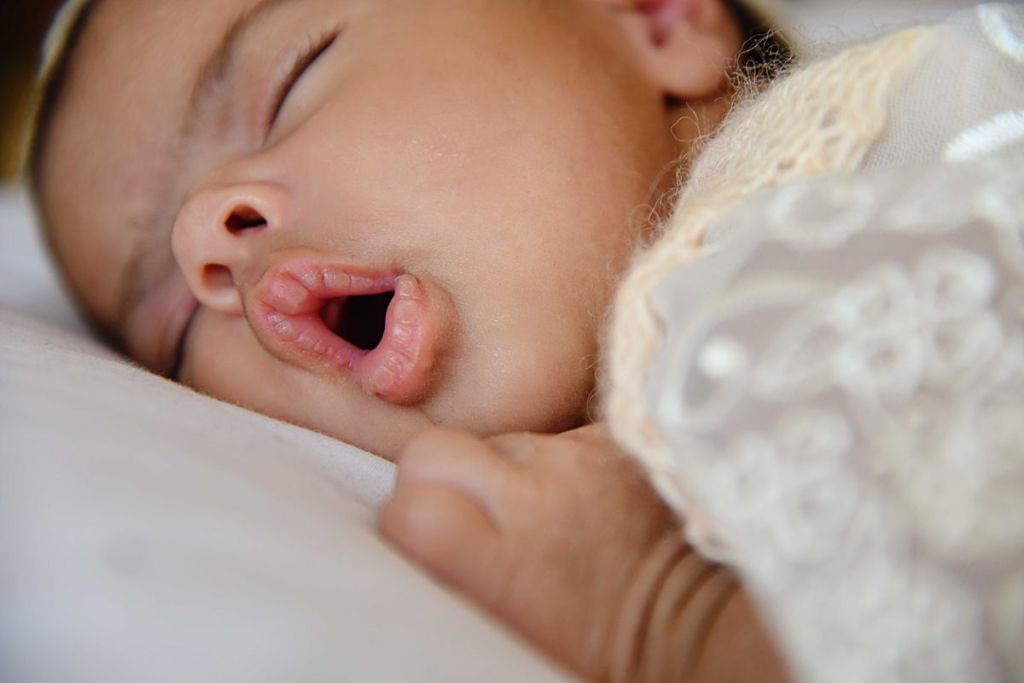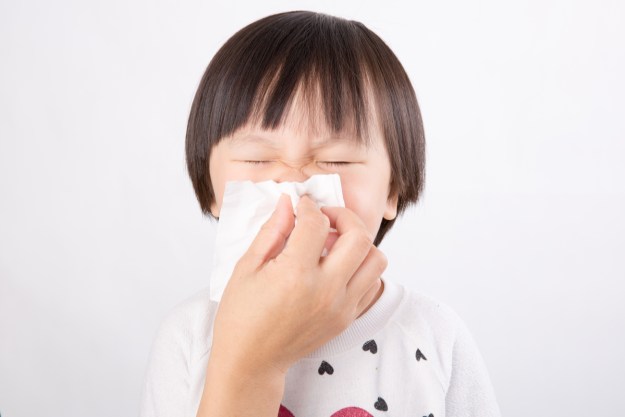When you have a new baby, many things change. One thing that changes drastically is your sleep schedule. That is because the baby is on his or her own sleep schedule. There are various reasons why babies wake up in the middle of the night, but one prominent reason is that their little tummies are rumbling — they are hungry. What can you do to help your baby sleep better, and in turn allowing you and your partner to sleep better? You could always try dream feeding your baby, and that just may help you all get a good night’s rest.
What is dream feeding?
What is dream feeding? To put it simply, it is an extra feeding on top of your baby’s last feeding of the day in order to get a longer stretch of sleep for them overnight. For example, if his or her last feeding was at 7 p.m. and you put them to sleep, to dream feed you will gently rouse them so they are slightly awake while they feed. Offer them your breast or a bottle, and even if they are not fully awake, they should begin to start eating. After they are done feeding, you should burp them and put them back to sleep. The age that most babies begin dream feeding is between 2 to 3 months old.

Why dream feed?
Dream feeding can help your baby not only sleep through the night better, but it can also give them the extra calories that they may need, especially if they need to gain weight. Not only that, if you get a dream feed in at night between the hours of 10 p.m. and 12 a.m., right around the time that we grown-ups go to bed, we will also be able to sleep a bit longer, too, and as a new parent, you know just exactly how precious a few hours of extra sleep really are. Dream feeding makes sure that they are not going to wake up hungry in the middle of the night. It fills their bellies, and they are more contented after a dream feed.
How do I dream feed?
The goal is to offer food approximately two to three hours after the last feeding. When you are waking them, rouse them gently. You want to be able to wake them when they are in REM sleep. You will be able to tell if they are in REM if their eyelids flutter or if they twitch a little bit. If they wake up fully, that is okay, too. If they need a diaper change, change it. If they need their outfit switched, you can switch it. Then, feed them and burp them. After that, you will want to swaddle your baby again and put them back into their crib or bassinet. Dream feeding works because it shifts around their feeding schedule just a little bit, nothing drastic, and allows you all extra sleep.

Will it work for my baby?
We must note that dream feeding is something that does not work for all babies. Most do take to it, but it just might not be for some babies. Every baby is different, and so we have to adapt to their schedule. By 4 to 6 months of age, dream feeding may not even be necessary, as most babies at that age are sleeping 10 to 12 hours a night. While the goal is to get them to sleep longer, some parents have found that dream feeding leads to more times of their children waking in the middle of the night. Next time you are at your baby’s pediatrician with them, ask the doctor about dream feeding and whether or not you should incorporate it into your baby’s sleep schedule. They will know best whether or not your baby could benefit from dream feeding.
There is not too much evidence or studies to support dream feeding. However, many parents have sworn by it and how well it works. While many babies differ, dream feeding is something that you could try with your baby if you are interested in it. It will not harm your baby in any way by offering them an extra feeding during the night.
Editors' Recommendations
- Doula vs. midwife: What’s the difference?
- Flying while pregnant? This is what you need to know
- 9 incredible birthday party food ideas when you’re on a budget
- Is Unisom safe during pregnancy? Here’s what the experts say
- Why you should celebrate your kids’ inchstones


